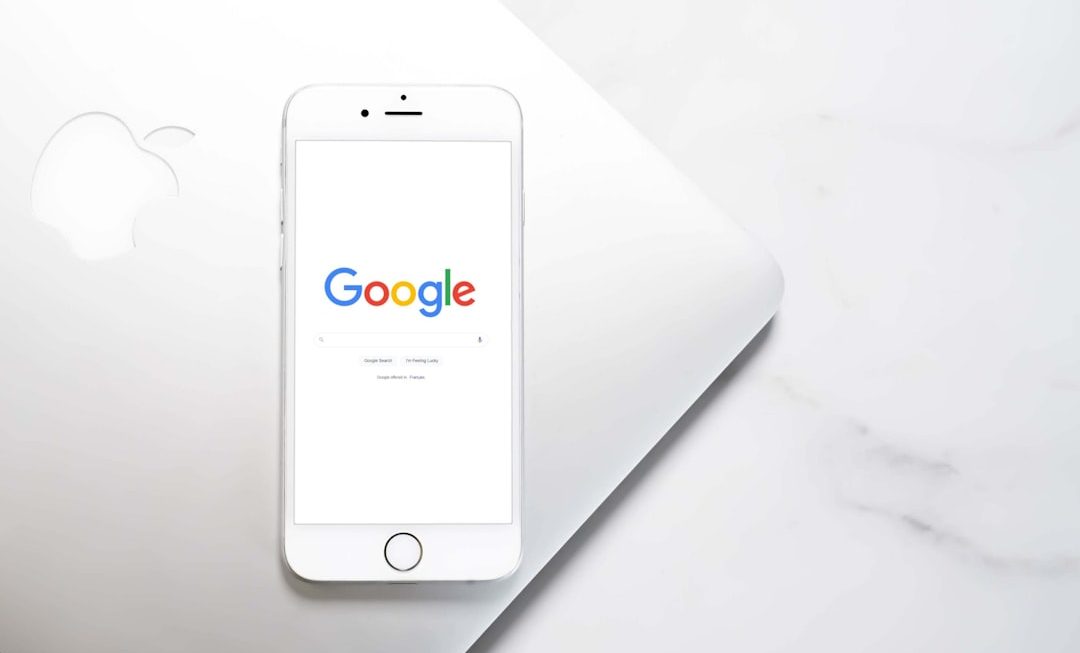In the bustling world of small business ownership and entrepreneurship, time is one of the most valuable resources. From onboarding new clients to managing cash flow, every minute counts. One area where efficiency can make or break a day is your billing system. As digital tools evolve, business owners are increasingly drawn to modern invoicing solutions like Keap over more traditional billing systems. But which one truly saves you more time? Let’s dive into the comparison and uncover the real time-savers.
What is Keap Invoicing?
Keap (formerly known as Infusionsoft) is an all-in-one customer relationship management (CRM) tool that includes invoicing as part of its suite of services. Geared especially toward small businesses and solopreneurs, Keap allows users to automate invoicing, track payments, send reminders, and even set up recurring billing—all from one intuitive dashboard.
What are Traditional Billing Systems?
Traditional billing systems can refer to a variety of methods, including handwritten invoices, Excel spreadsheets, or mailing out printed invoices created from templates. While these methods have served businesses for generations, they can be time-consuming and lack the convenience and automation features of modern alternatives.
Time-Saving Features: Keap vs Traditional
1. Automation Capabilities
One of the most significant benefits of Keap is automation. You can:
- Send invoices automatically based on a client-triggered action (e.g., signing a contract).
- Set up recurring billing for subscription-based services.
- Program automatic payment reminders, reducing the need for follow-up emails.
On the other hand, traditional systems usually require manual entry for every single transaction. That means typing out invoice numbers, amounts, customer details, and due dates every time, which can easily pile up for busy business owners.
Winner: Keap. Automation drastically reduces recurring administrative tasks.
2. Integration with Other Tools
Keap integrates seamlessly with email marketing platforms, customer management systems, calendars, and payment processors. For instance, if a customer fills out a form on your website, it can automatically trigger an invoice and a follow-up sequence. This level of integration streamlines operations considerably.
Contrast this with a traditional billing process that may not talk to your email marketing tool or require you to switch between different software tools. This disconnection can add unnecessary steps and data entry tasks.
Winner: Keap. Integration capabilities enhance workflow and save precious time.
Batch Processing and Templates
Imagine needing to invoice 25 clients in one day. With traditional billing, you’d likely have to generate each invoice individually—copying and pasting details and making sure nothing goes amiss. In Keap, batch processing allows you to:
- Create invoices using templates with pre-filled details.
- Pull client data directly from your CRM to reduce duplication.
- Send multiple invoices with one click.
Winner: Keap. Batch processing eliminates redundant tasks and human error.

Payment Tracking and Reconciliation
Chasing payments is a reality for any business. Traditional systems rely heavily on manual logging—checking your bank account, opening spreadsheets, and marking invoices as paid. This is not only time-consuming but also prone to mistakes.
Keap makes this easier with built-in payment tracking and real-time updates. When a client pays via credit card, PayPal, or another connected gateway, the payment is automatically recorded against their invoice. No manual reconciliation required.
Winner: Keap. Real-time tracking simplifies financial oversight.
Portability and Accessibility
In today’s remote work world, being able to manage your business from anywhere is a must. Keap offers cloud-based access, meaning all you need is an internet connection and a device to manage your invoicing. This level of mobility can be a game-changer, especially for consultants and freelancers on the go.
Traditional systems, especially those that are offline or desktop-based, tie you to a location. If you’re away from your primary computer, you may be out of luck until you return.
Winner: Keap. Cloud access is essential for modern agility.
User Learning Curve
There’s a learning curve with every new tool. Keap’s advanced features can take a little time to master initially. However, once set up, the ongoing time savings become substantial. Most users report that the initial investment pays off quickly in reclaimed time.
Traditional methods are generally simpler to start, especially if you’re using Microsoft Word or Excel. But as your business grows, this simplicity becomes less of an asset and more of a bottleneck.
Winner: Tie. Traditional is easy to start; Keap saves more time in the long run.

Customer Feedback and Ease of Communication
Keap enhances customer communication by embedding calls to action directly into invoices—like “Pay Now” buttons, links to help documentation, or even embedded chat options. This reduces back-and-forth emails and speeds up the payment process.
Traditional invoices generally go out via email or mail, and if a client has a question, it often leads to delays. The customer has to locate your contact information, write out an email, await your reply, and so on.
Winner: Keap. Simplified communication streamlines the entire invoicing cycle.
Security and Compliance
Keap uses encryption and secure servers to keep your data safe. Its built-in compliance features make it easier to adhere to regulations like PCI-DSS when processing payments.
In contrast, traditional billing methods—especially paper—pose serious security risks. Documents can be lost, stolen, or accessed by unauthorized personnel.
Winner: Keap. Better security equals peace of mind and reduced administrative burden.
Total Time Savings Recap
When we add up all the individual time-saving features, it becomes clear where the advantages lie. Here’s a quick summary:
- Automation: Keap slashes hours spent on manual billing tasks
- Integration: Reduces the need to jump between tools
- Batch Processing: One-click invoicing for multiple clients
- Tracking: Real-time updates streamline reconciliation
- Mobility: Manage invoices from anywhere
- Communication: Enhance client interactions right from the invoice
So, Which One Saves You More Time?
It’s Keap—in almost every category. For small business owners looking to maximize productivity while maintaining accuracy and professionalism, Keap offers a modern, tech-forward approach to billing that traditional systems simply can’t match. While there may be some initial setup time and a slight learning curve, the long-term payoff in time savings and operational efficiency is substantial.
Is Keap Right for You?
If you’re handling only a few clients and prefer simplicity, you might get by with traditional systems for a while. But if your business is growing—or you just want to spend less time in front of a spreadsheet—Keap can be a game-changing investment in time freedom and accuracy.

In the end, the choice depends on your business needs—but when it comes to time savings, Keap Invoicing is a clear winner.




